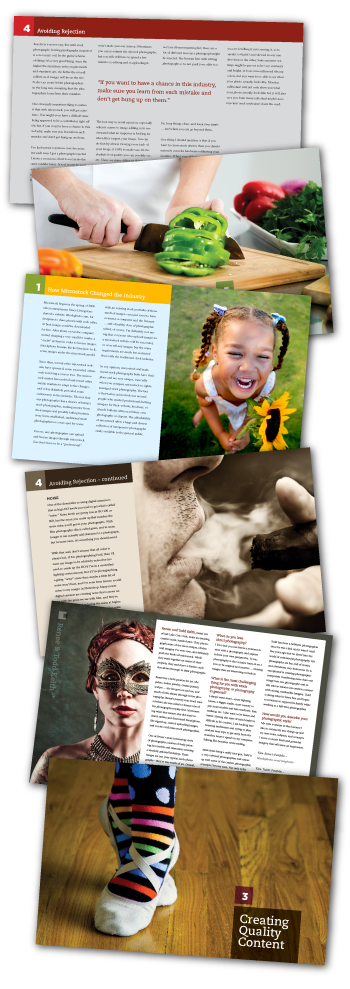 Regular readers of this blog, especially people that know me personally, are aware of how much I like eBooks. I’m a person that, while I love “traditional” forms of publishing for their handiness and physical beauty, just loves the paradigm change that the internet and digital media has brought to bear. The rapid and low-cost possibilities in publishing, as well as the democratization of the publishing process (and its return of control back to the artist/writer/musician) just excites me to no end.
Regular readers of this blog, especially people that know me personally, are aware of how much I like eBooks. I’m a person that, while I love “traditional” forms of publishing for their handiness and physical beauty, just loves the paradigm change that the internet and digital media has brought to bear. The rapid and low-cost possibilities in publishing, as well as the democratization of the publishing process (and its return of control back to the artist/writer/musician) just excites me to no end.
The same can be said for how photography has changed in recent years; now photography in general is more widely available through sites like Flickr, FaceBook, Twitter, Tumblr, and individual artist websites such as this one. In addition, what used to be a fairly exclusive club of professional stock photography and photographers has had its doors thrown open, making stock photography sales more available to a wider range of photographers.
I’ve dabbled a bit in stock photography and have managed to get a few images listed and sold through Getty Images, a worldwide leader in stock images. It has been great fun getting notices by email that an image of mine has sold, especially when I see the dollar signs attached. I start dreaming of new lenses, creating photobooks, buying stuff online or, more realistically, buying that next package of diapers…(You can view my modest collection of stock images listed on Getty here.)
But I, like others, have wondered if there is a living in this thing called “stock photography.” If I can make some money on one-off pictures I throw into the mix, could I increase my income significantly (read: high reward for low effort) by throwing more pictures into the mix. Well, to answer that question along comes a timely little eBook from my favorite photography eBook store: Craft & Vision.
(Micro)Stock: From Passion to Paycheck by Nicole S. Young is both a description and guide to succeeding in the stock photography industry. The book is filled with helpful pointers about the stock photography field in the digital age and also includes several case studies for additional reference. I enjoyed reading this book and I suspect if you are interested in stock photography or, like me, have dipped your toes into the business, you will like it too. It is not heavy on “how-to” and direction, but it does contain good examples of sell-able stock images as well as suggestions on what stock companies are looking for. There is a nice section on how not to be rejected as well. Ms. Young also maintains a realistic perspective throughout the book describing the work as rewarding but challenging and far from a get-rich-quick opportunity. Rather, she encourages photographers to enter to the stock photography business in an effort to improve their photographic skills and grow as an artist. The money you might make on the side just might be a nice little bonus. I know it is for me.
Special Offer on PDFs
For the first five days only, if you use the promotional code MICRO4 when you checkout, you can have the PDF version of (micro)STOCK for only $4 OR use the code MICRO20 to get 20% off when you buy 5 or more PDF ebooks from the Craft & Vision collection. These codes expire at 11:59pm PST June 11, 2011.

